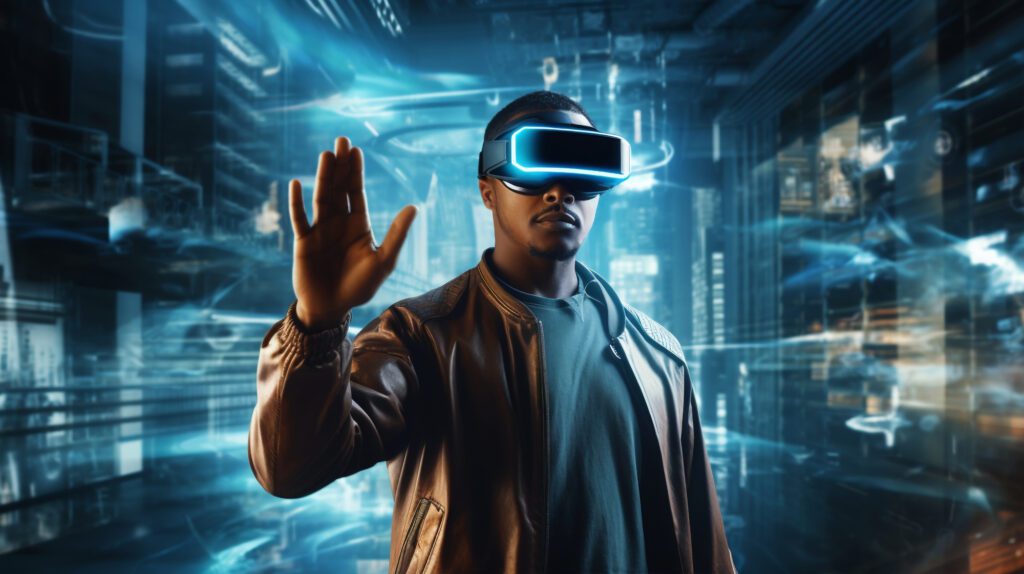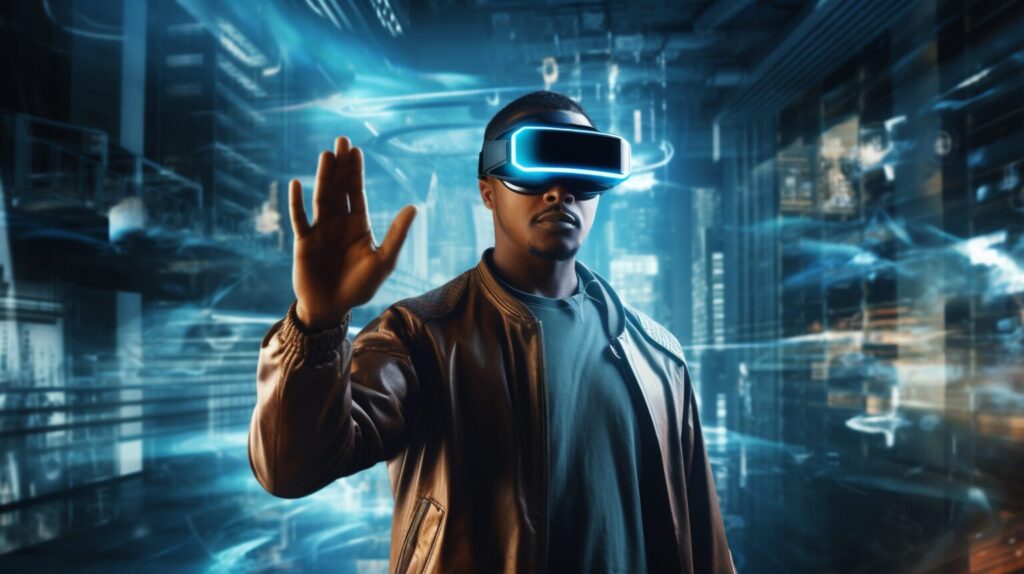Why We’ve Chosen VR for Oil Rig Training
Oil rigs are complex and often hazardous environments. Traditional training methods, which involve on-site simulations or physical mock-ups, can be costly and challenging to manage. Here’s why VR is a perfect fit for our training programs:
- Enhanced Safety Training: Working on oil rigs involves dealing with hazardous conditions and intricate machinery. With VR, we can simulate these environments and train workers in safety protocols without exposing them to real-world risks. This ensures they’re well-prepared for dangerous situations in a safe and controlled setting.
- Developing Essential Skills: Our VR simulations provide hands-on experience with key rig tasks, from operating machinery to performing maintenance and responding to emergencies. This practical training helps our students build the skills they need before they step into real-world environments.
- Cost-Effective Solutions: Traditional training methods can be expensive and logistically challenging. VR offers a more affordable alternative by allowing us to create realistic simulations that can be accessed remotely or in controlled environments, reducing the need for physical equipment and on-site facilities.
- Broader Accessibility: VR training can be conducted from anywhere with a VR headset and computer, making it accessible to a wider audience. This is especially beneficial for remote workers or those in locations where traditional training resources are limited.
- Improved Retention and Engagement: The immersive nature of VR makes training sessions more engaging and memorable. Trainees are more likely to retain information and apply it effectively in real-world scenarios.
How VR Elevates Our Training Programs
Here’s how our VR training enhances various aspects of oil rig operations:
- Equipment Operation: Our VR simulations provide hands-on training for complex machinery, allowing students to get familiar with equipment interfaces and procedures before working in the field.
- Safety Protocols: We simulate hazardous situations like well blowouts or fires, so trainees can practice safety protocols in a risk-free environment.
- Emergency Response: Our VR scenarios include emergency situations such as oil spills or gas leaks, preparing students for rapid and effective responses.
- Maintenance and Repair: VR helps train personnel in maintenance and repair tasks for oil and gas infrastructure, allowing them to practice troubleshooting and repairs without physical equipment.
- Remote Training: VR allows us to conduct standardized training remotely, which is beneficial for employees in remote or offshore locations.
- Environmental Awareness: Our simulations help trainees understand the environmental impact of their operations and adhere to regulations.
- Team Collaboration: VR facilitates team-based training exercises, improving communication and coordination among workers.
- Customizable Training: Our VR programs can be tailored to specific job roles and updated as technology or procedures evolve.

Courses to Get a Job in Oil Rigs
We’re proud to offer the Diploma in Oil and Gas Drilling Technology with VR Integration at Arrow Wings Academy. This course provides a unique combination of theoretical knowledge and practical VR training, preparing students for successful careers in the oil rig industry. By integrating VR technology into our curriculum, we ensure that our graduates are well-equipped with the skills and confidence needed to excel in their roles.
Conclusion
The introduction of Virtual Reality into our training programs is a major leap forward in educational technology. By offering immersive, interactive, and realistic learning experiences, VR is transforming how we prepare professionals for the oil and gas industry. At Arrow Wings Academy, we’re committed to providing innovative training solutions that enhance safety, efficiency, and performance.




